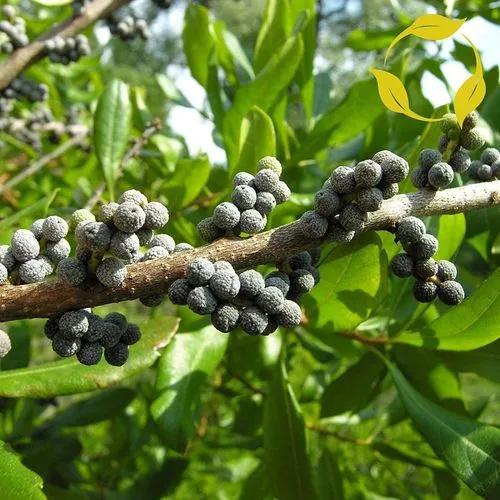Irga alder is common in North America, in particular in Alaska, western Canada, and western and north-central United States. It is also called 'Saskatoon' or 'blueberry tree' and is used as an ornamental tree, although it is most often prized for its edible berries. An upright shrub or tree (up to 10 m high). Leaves are oval, almost round, 2-5 cm long and 1-4.5 cm wide. Fruits are spherical, 8-9 mm in diameter, first dark red, later blue-black, matte, sweet and juicy. It blooms from April to May, the fruits ripen from the second half of June to July.It is not very demanding on soil and moisture, prefers fresh or moist, fertile soils. Tolerates temporary drought.It is grown to obtain delicious fruits, from which juice is pressed or jam and compotes are made.
Irga Alder-Leaved Care
Amelanchier Alnifolia



Irga alder-leaved is a shrub with several trunks, in appearance resembling spicate irga, only slightly wider and more massive. It does not start up root shoots, but forms basal shoots. Leaves are usually blunt or with a slightly concave end, with large and sparse jagged edges. The inflorescences are similar to small bird cherry inflorescences, although the plant itself is a closer relative of mountain ash.The plant is not a hybrid of bird cherry and mountain ash, and its Finnish name, “berry bird cherry ash”, indicates only an external resemblance to these plants. rga alder is not very widespread in Finland, but its bushes are found in old parks and arboretums.The origin of the alder-leaved bushes growing in Mustila is unknown, but they bear fruit well and feel quite well. Over time, the bushes ran wild, being blown away by birds. The threat of wilderness must be borne in mind when planting any irga, although so far only spike irga in Finland has established itself as an intensively spreading invasive species
How to Care for the Plant

Popularity

217 people already have this plant 15 people have added this plant to their wishlists
Discover more plants with the list below
Popular articles






